Art Fairs
artnet Asks: Collective Curator and MAD Director Glenn Adamson
Why Scandinavian design deserves our attention.
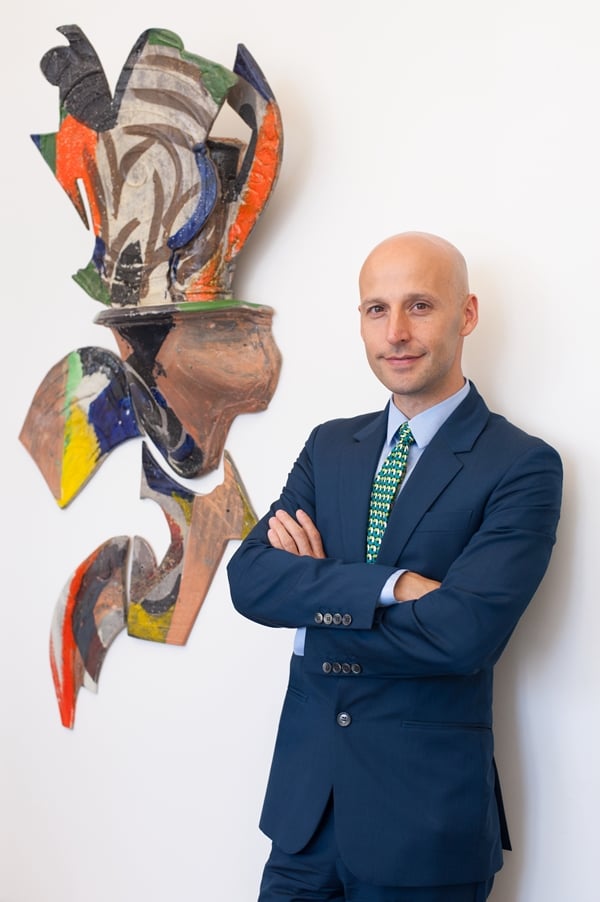
Why Scandinavian design deserves our attention.


Glenn Adamson
Glenn Adamson, the director of the Museum of Arts and Design (MAD) and founding co-editor of the academic Journal of Modern Craft, has curated Collective Focus: Scandinavia for this year’s edition. His selections span three centuries of Scandinavian design. artnet News e-checked in with him just after the fair began.
Aside from Collective 2, what’s been keeping you busy lately?
New York City. After eight years in London, I thought I knew all the good things about living in a great city, but NYC is even more packed with creativity and interest. The big show we are doing this summer (NYC Makers: The MAD Biennial) is all about celebrating that energy.
You have a choice of ringing a doorbell or knocking on a door: Which do you choose?
Definitely knocking. I am not a technophobe, but I am a big believer in hands-on knowledge. Even an everyday act like knocking on a door is a direct encounter with material—you get to hear how it sounds.
What was the last book you read that you liked?
Hilary Mantel’s Wolf Hall. A meticulously researched and psychologically nuanced plunge into the world of the Tudor court. I especially love her rich description of sensual details, like the wool and fur clothing, and rubies flashing on Henry VIII’s cold plump hands.
Three adjectives to describe Scandinavian design.
Democratic, approachable, and well-made.
How would you characterize our age? One of excess? Of information? Of? . . . You tell me.
The word that springs to mind is ‘attention.’ We are so distracted and overloaded with stimuli today—everyone wants your attention, but the result is that when they get it, you only give them a few seconds and then move on. I feel like any opportunity to slow down and really attend to something, through making or using or looking or thinking, is so important. Museums are good at that.
Why might people be interested in Scandinavian design at this cultural moment in time?
Because of its non-ideological relationship to hand and machine. The great 20th-century Scandinavian designers were open both to traditional craft, as well as the latest mass production technologies. They saw the two as harmonious, not in conflict. This is such a contemporary outlook, exactly the point made by MAD’s current show Out of Hand, which looks at the relationship between digital and analogue making.
Who are the heroes and heroines of Scandinavia and why?
My own personal heroes in Scandinavia and elsewhere are the real makers—not necessarily the designers whose names you know, but the people behind the scenes who had the skill and knowledge to create what was required. Carvers, weavers, smiths, tool-builders, prototype-makers. Whenever I see a beautiful work of art, an effective design, a great building, I immediately want to know who actually made it and how.
Take a seat in a few of Glenn Adamson’s selections.
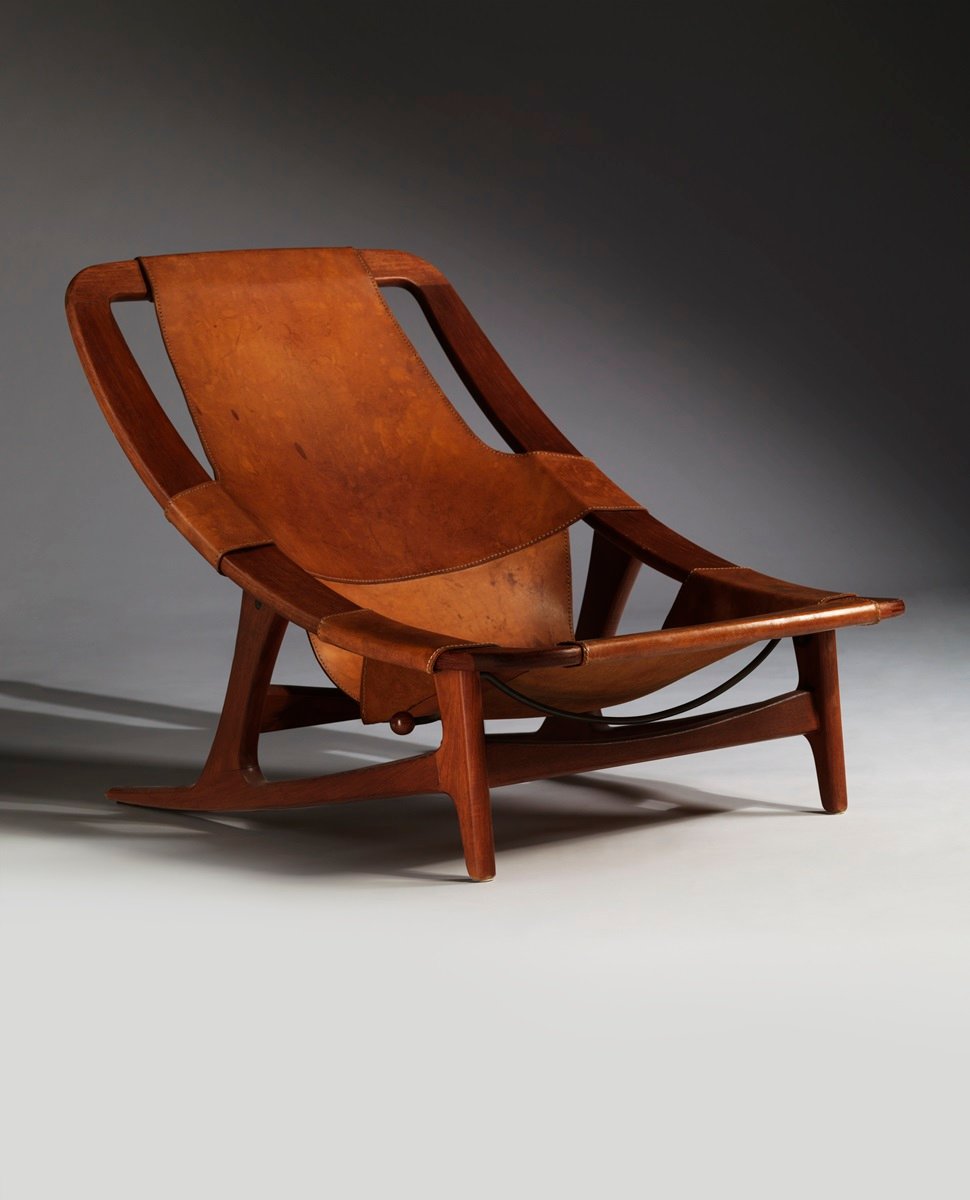
Arne F. Tidemand Ruud, Holmenkollen, 1959 (Fuglen, Booth B7)
Photo courtesy of Blue Medium
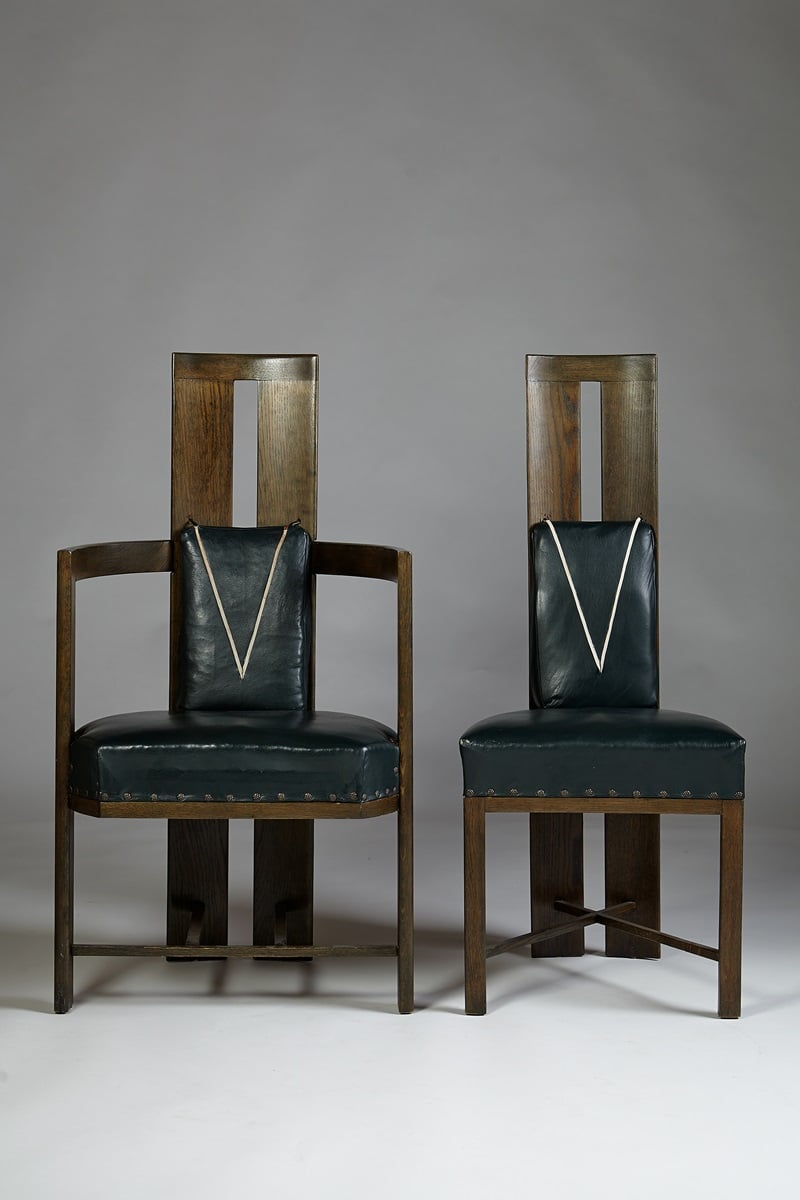
Saarinen chairs (Modernity, Booth B3)
Photo courtesy of Blue Medium
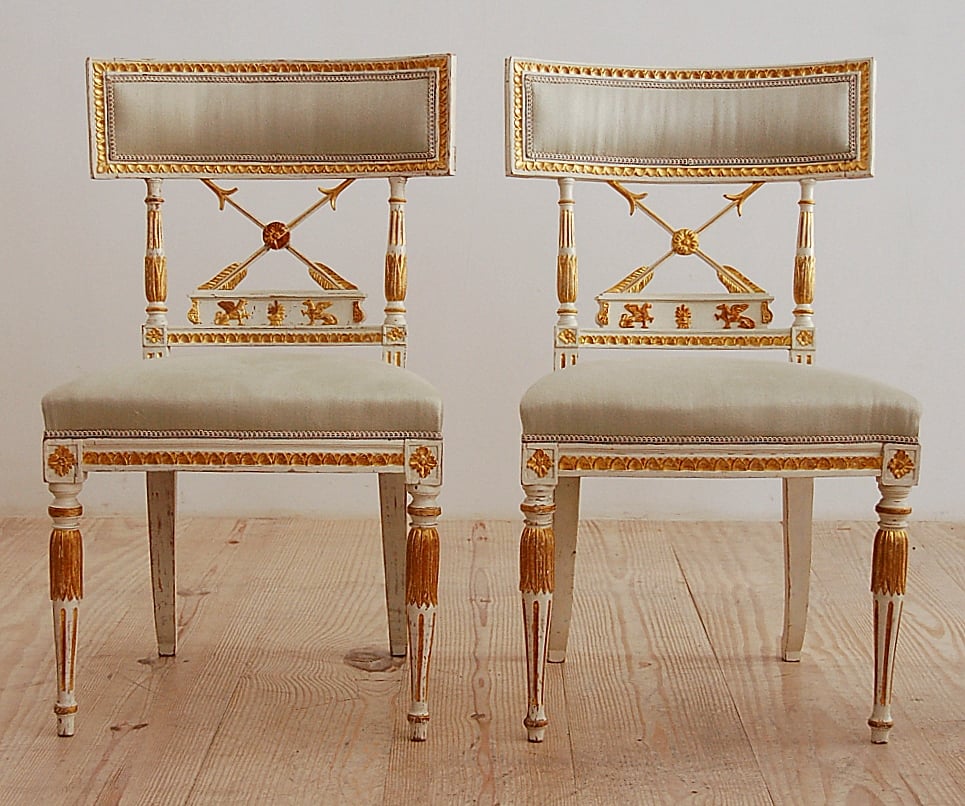
Gustavian chairs (Dienst and Dotter, Both A1)
Photo courtesy of Blue Medium
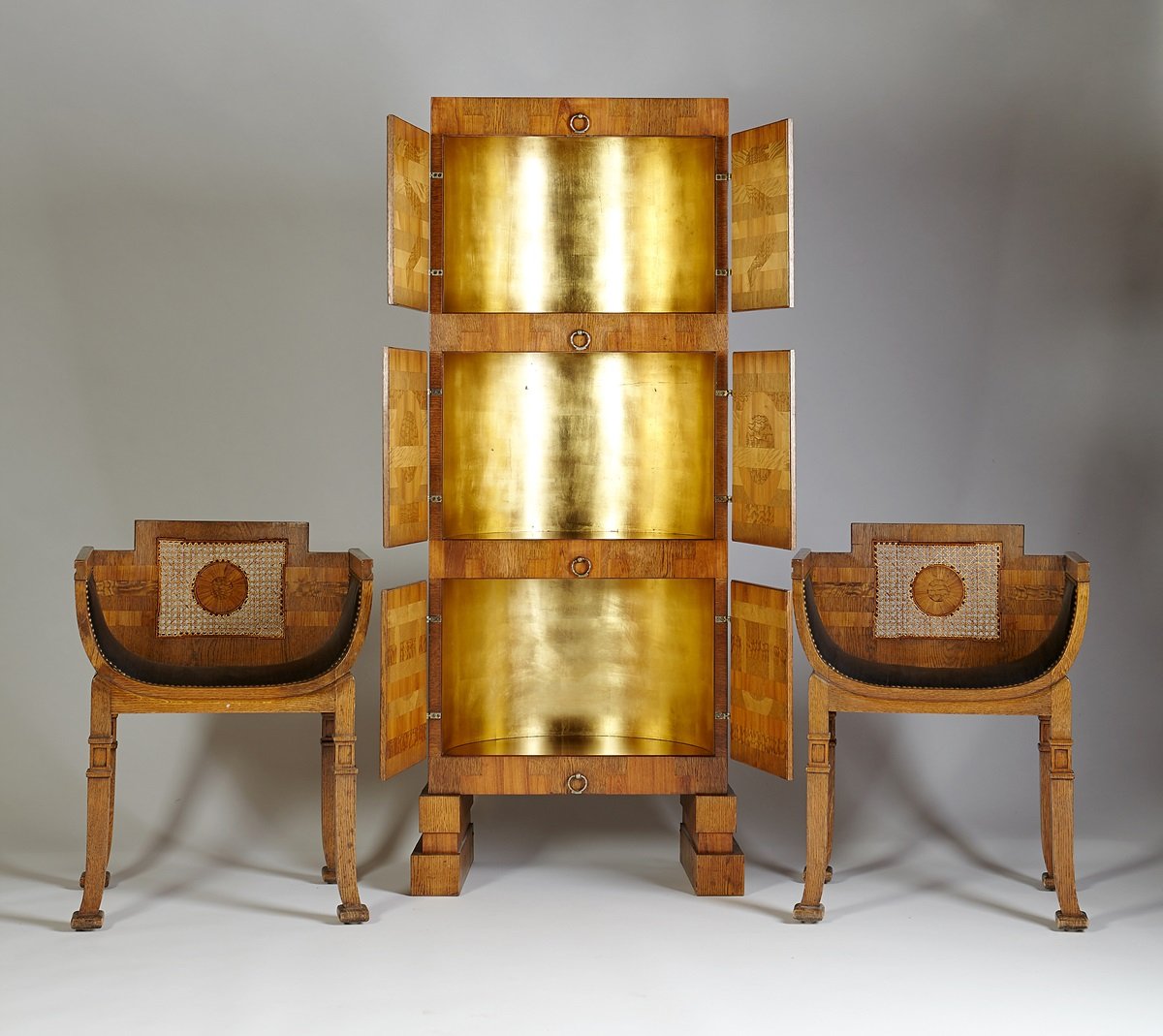
Carl Horvik, cabinet and armchairs (Modernity, Booth B3)
Photo courtesy of Blue Medium.
Collective 2 Design Fair runs through Sunday, May 11 at Skylight at Moynihan Station, 360 West 33rd Street, Manhattan.